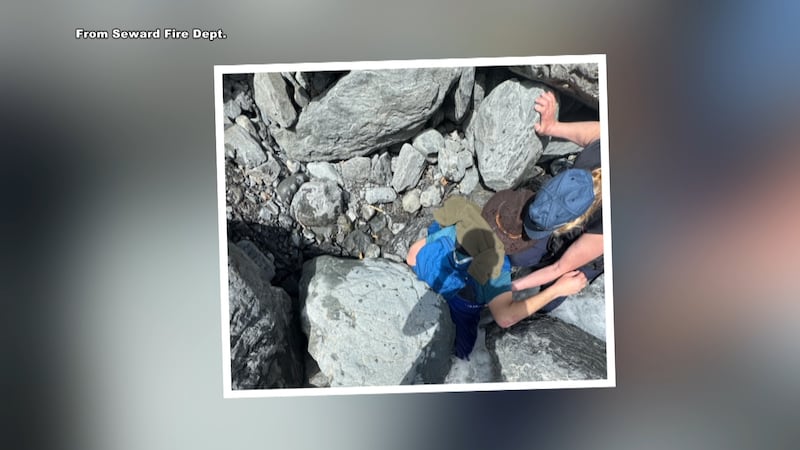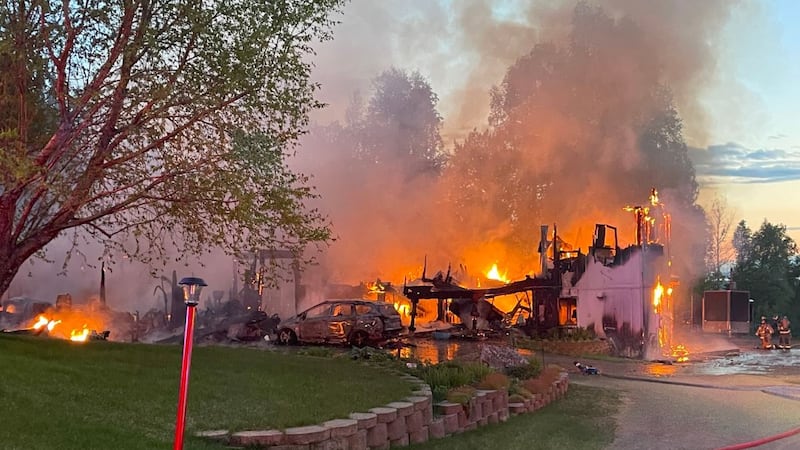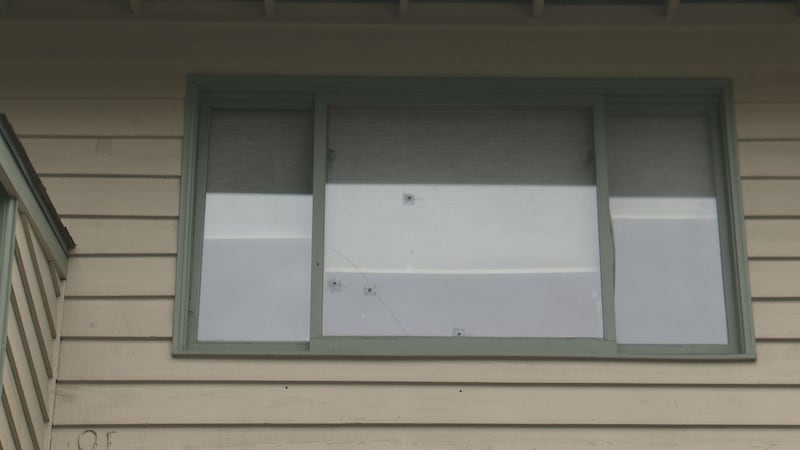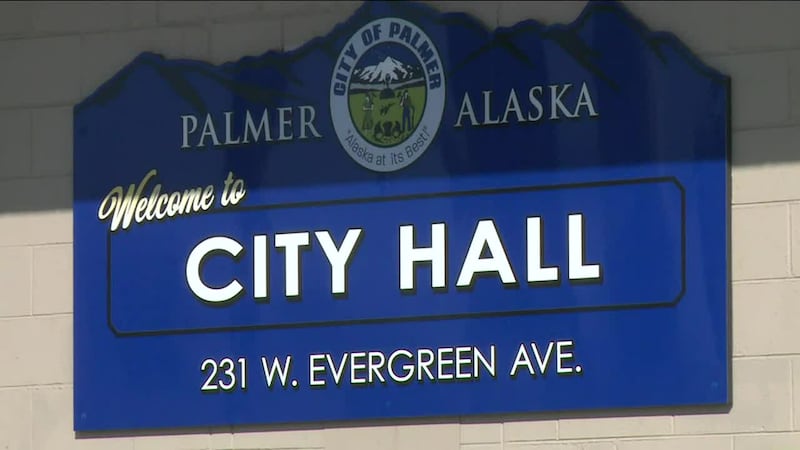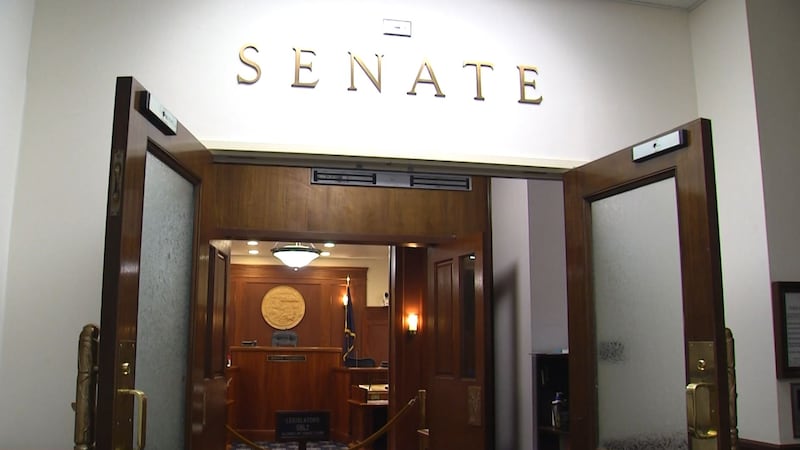Intense debate surrounds potential state savings account draw to cover budget deficit
ANCHORAGE, Alaska (KTUU) - As lawmakers debate whether or not to use to draw on the Constitutional Budget Reserve for the purpose of covering a portion of the state’s budget deficit this year, you might be wondering exactly what the CBR is, how it works, and what it can do for Alaskans.
In short, the CBR is a state savings account, and there are widely varying opinions on how the money in the fund should — or shouldn’t — be used.
According to the State of Alaska Department of Revenue, the Constitutional Budget Reserve Fund — also referred to as the CBRF, or CBR — was established in 1990 after a vote of the people. With that vote of approval, Section 17 of Article IX was added to the state Constitution, demanding that all money received by Alaska after July of the same year, through resolution of disputes about the amount of certain mineral-related income, must be deposited in the CBR.
The law also says that the Legislature has the ability to appropriate funds from the CBR in order to pay for the operations of state government, though it may only do so under certain conditions.
However, lawmakers have expressed vastly differing opinions on whether or not a CBR draw is appropriate, or even worth it, this year.
“This is just the beginning of many tough decisions you’re going to see over the next few weeks, between now and the end of May,” said Sen. Bert Stedman, R-Sitka, during a Senate Majority press conference last week. “And I don’t think some of the folks in the building have quite grasped that yet. We’ve got to balance the budget without a CBR draw for this year, and prepare for next year.”
Rep. Will Stapp, R-Fairbanks, said during a House Minority press conference in early April that the CBR balance is “currently healthy,” but issued a stark warning over the potential utilization of the savings account this year.
“But if you look at the kind of warning indicators, as far as revenue streams would go, I would just urge caution on looking to draw from the CBR and FY26,” he said, “because the way this movie is starting to play out, you may need the majority of that balance to even fund the basics in the budget in FY27.”
On the other hand, Gov. Mike Dunleavy, R-Alaska, suggested as recently as this past Thursday that the CBR should be tapped if there’s a good enough reason to do so.
“I would go into the CBR to help pay for this,” Dunleavy said, speaking about a new education funding bill with which he is looking to replace the now-vetoed House Bill 68. “We talked about that at the beginning, when we put our bill, our budget, in place.
“And then, I would immediately — in earnest — put together a team that really wants to get to a compromise, okay?" he continued. “A compromise is truly a compromise, meaning, you’re not gonna get all that you want, and at times, you gotta swallow something that you would normally upchuck.”
Dunleavy’s original budget, which he presented in December of last year, and included a full statutory Permanent Fund dividend for qualifying Alaskans, included a deficit that would’ve required about $1.5 billion being drawn from the CBR. If that much money were to end up being taken out, more than half the fund would be dried up.
Since then, lawmakers have made ample changes to that budget proposal, including a provision for a PFD of around $1,400.
While an appropriation from the CBR can also sometimes be allowed by a simple majority, it is a three-quarters vote of both the House and Senate that can move money from the CBR for any purpose.
For example, the FY25 Supplemental Budget, in the form of House Bill 56 – which is specific to the current budget year – recently passed the House in a 21-19 vote along caucus lines, though a first vote to authorize a draw from the CBR to fund that legislation failed 21-19 on the same day. As of last check, the bill was still in committee in the Senate. The House’s bill for the coming budget year also contains a CBR provision.
Along with the three-quarters’ majority vote, the corresponding section of the law “allows use of CBRF withdrawals to supplement (or replace) any fund source, but language appropriating CBRF funds (other than for management fees) typically limits withdrawals to ‘the amount necessary to balance revenue and general fund appropriations,’” per the Legislative Finance Division.
DOR data shows that, as of March 31, 2025, the CBRF market value was estimated at $2.48 billion, following a decades-high return of 5.71% in 2024. At one point, a subaccount was also created, and stayed open from 2000 to 2015 before that was then transferred to the main fund. Just before the account was closed, it reached a value of greater than $6.7 billion, with a 15.88% return recorded in 2014, according to DOR records.
The Legislative Finance Division also says that money may be borrowed and repaid within a fiscal year “to meet cash flow requirements of the General Fund.” Those withdrawals have to be made in $50 million increments, according to the division, and occur whenever the general fund balance is under $150 million for three days straight. “Repayments are made when the balance is projected to exceed $300 million for the following four months,” per the LFD website.
See a spelling or grammatical error? Report it to web@ktuu.com
Copyright 2025 KTUU. All rights reserved.




